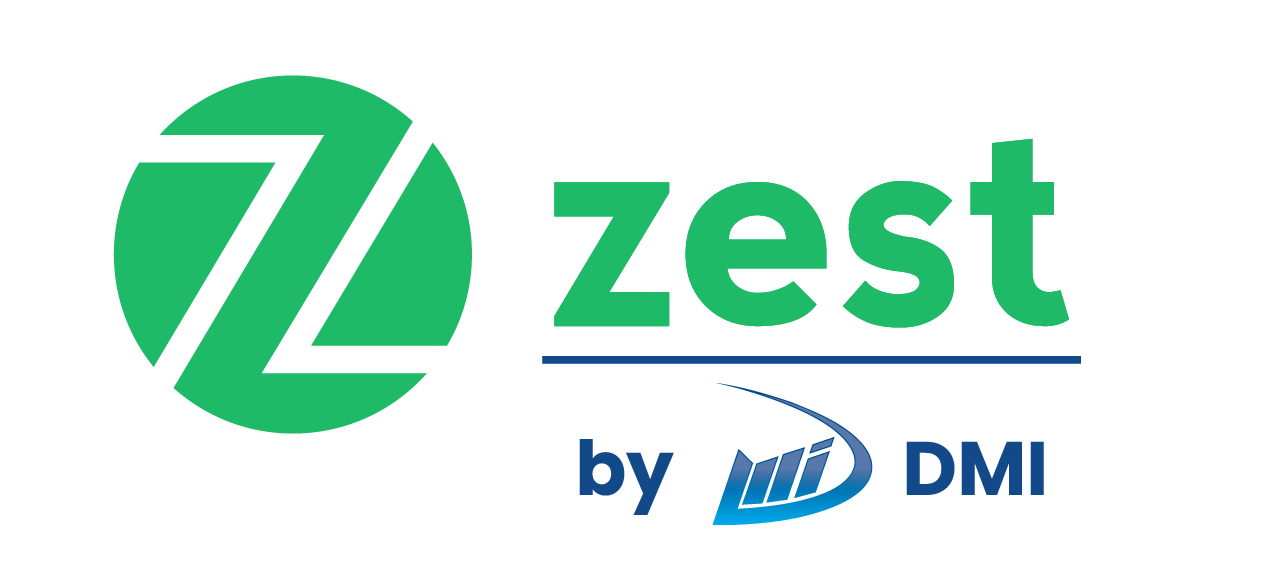Understanding EMI
Before we explore EMI without credit card, what is no-cost EMI, types of EMI, what is credit limit and other concepts, let us dive a little deeper into what is meant by EMI.
1. What is EMI
EMI, as the name suggests, has to be paid on a monthly basis by the borrower to the lender, be it an individual, bank or a lending institution.
The EMI has two components to it, the principal and interest. During the initial months, the interest component will be higher before gradually stabilising with each subsequent payment.
While the EMI amount won’t change, the distribution between the two components – principal and interest – will keep changing with subsequent payments. As interest keeps decreasing with each payment, the principal amount keeps increasing.
2. How is it calculated?
The formula to calculate EMI is very simple.
EMI = P x R x (1+r)n/
((1+r)n – 1)
P = Principal loan amount, R = Rate of interest divided by 12, n = number of installments/months.
Let us take an example to understand EMI better. You borrow Rs. 1,00,000 at 12% interest rate for a period of 120 months (10 years).
Your EMI based on the above formula will amount to Rs 1,435.
3. What factors affect EMI?
The factors that directly play a role in the formulation of EMI are:
- Principal: This is the loan amount the borrower has taken from the lender
- Interest: This is the rate of interest the lender offers the loan to the borrower.
- Tenure: The duration of the loan, within which the borrower must repay the debt in full.
In traditional forms of financing other factors such as Age, Income, Credit Score, Existing Debt sometimes play a role in the calculation of the EMI.
Want to buy on EMI without credit card? Sign up today with ZestMoney and enjoy the benefits.
